Did you know a lot of famous people who had an impact on Black history worked, lived or are laid to rest in Hammersmith & Fulham?
Sadly they often get left out of history lessons.
But it is important, especially during Black History Month, to remember them. Here are just a few examples of the hidden figures who have helped influence and shape our borough for the better.
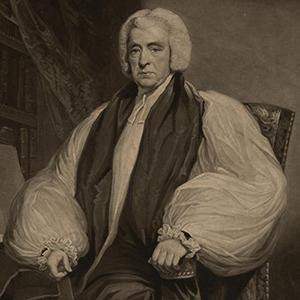
Beilby Porteus, 1731 to 1809
Lived at Fulham Palace between 1787 and 1809 while Bishop of London.
Porteus began battling the slave trade as Bishop of Chester. He pressed the Church of England, owner of a Barbados plantation, to set an example and teach slaves Christianity.
In a 1783 sermon, he asked fellow bishops to back him and was disappointed when they refused. In the House of Lords he championed the 1807 Slave Trade Act which ended the British trade in enslaved people... a stepping stone to total abolition.
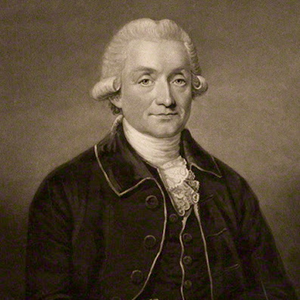
Granville Sharp, 1735 to 1813
Lived in Fulham, Buried in All Saints Churchyard, SW6.
Sharp was a lawyer and abolitionist who became famous for protecting Black slaves who had run away from their masters.
He studied laws about slavery and used what he learnt to help slaves win their freedom, among them Jonathan Strong and James Somerset.
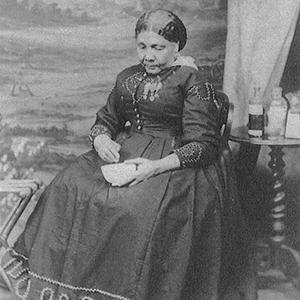
Mary Seacole, 1805 to 1881
Buried in St Mary's Catholic Cemetery, 679 to 681 Harrow Road, NW10 5NU.
Seacole was a nurse during the Crimean War. She came to London at the age of 50 and asked if she could tend to the sick and wounded in the Crimea. She was rejected.
Determined to help, she paid her own travel costs and set off to help. There, she built her own hospital and even went to help soldiers on the battlefield during the fighting! The men wrote to the newspapers about her heroic efforts.
When Mary returned from the war, she was very poor but the soldiers she helped hadn't forgotten her. They threw a big festival and raised a lot of money to help her.
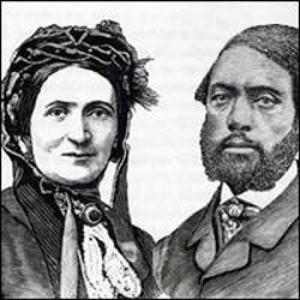
Ellen and William Craft, 1820s to 1900
Lived at 26 Cambridge Grove, W6 0LA.
The Crafts were ex-slaves who escaped from the American South to the North, with Ellen dressed as a man to avoid detection.
They made their way to the UK, settling in Hammersmith after the Fugitive Slave Act was passed in America.
Ellen was a part of the Women's Rights movement.
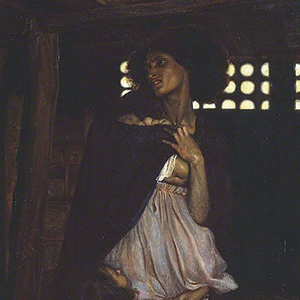
Fanny Eaton, 1835 to 1924
Lived at 66 Davisville Road, W12 9SJ. Buried in Margravine Cemetery.
Eaton was born in Jamaica then moved to London in the 1840s. She became a famous model for the Pre-Raphaelites - a group of English painters, poets and art critics.
She appears in many famous pieces of art including William Richmond's 'The Slave', which can be found in Tate Britain.
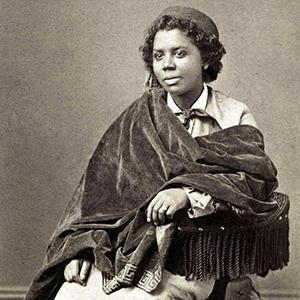
Edmonia Lewis, 1844 to 1907
Lived at 154 Blythe Road, W14 0HD.
Lewis was the first African-American sculptor to gain national and then international fame.
On her mother's side she was descended from Native Americans and her native name was "Wildfire". In her work she focused on both Black and Native American people and their history.
Read more: Internationally renowned sculptor Edmonia Lewis memorialised with blue plaque

Lolita Roy, 1865
Lived at 77 Brook Green, W6 7BE.
Roy was an Indian social reformer and suffragist who fought for women's rights in Britain and India. During World War 1 she set up a fund for Indian soldiers and raised a lot of money through auctions and clothing sales.
After the war she continued speaking out for women's rights across the British Empire.
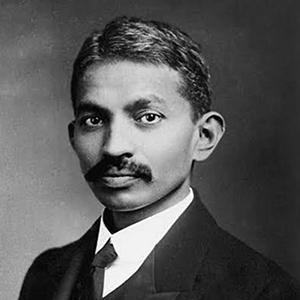
Mahatma Gandhi, 1869 to 1948
Lived at 20 Barons Court Road.
There is an English Heritage blue plaque for him there.
Gandhi is most famous for his peaceful protests against British rule in India. For 3 years, while he studied law at University College London, he lived in Fulham.
During his time in London he worked with London's poorest to try to improve their health and treatment.
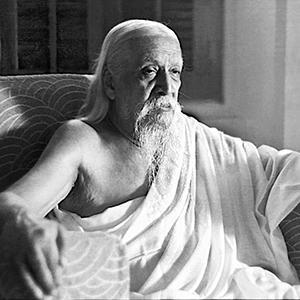
Sri Aurobindo, 1872 to 1950
Lived at 49 St Stephens Avenue, W12 8JB.
Aurobindo was an Indian spiritualist and poet who wanted Indian independence.
As a teenager he went to St Paul's School in Hammersmith where he became inspired by rebels such as Joan of Arc and Giuseppe Mazzini and learnt how India was ruled by Britain.
This is what later made him join the fight for Indian independence.

Dr John Alcindor, 1873 to 1924
Buried in St Mary's Catholic Cemetery, 679-681 Harrow Road, NW10 5NU.
Originally from Trinidad, Alcindor was a talented and popular doctor who worked in London. When World War 1 broke out, he was eager to help and in 1914 he applied to join the Royal Army Medical Corp.
Sadly he was rejected because of his "colonial origin". Instead of being sad, Alcindor was determined to help and signed up as a Red Cross volunteer where he helped soldiers returning from the front line.
He was awarded a Red Cross Medal for his life saving work. After the war he became a senior district medical officer for Paddington and became known for his excellent patient care no matter their origin or race. He became known as the "Black doctor of Paddington."
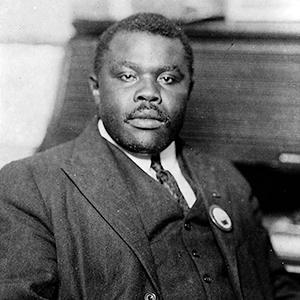
Marcus Garvey, 1887 to 1940
Lived at 53 Talgarth Road, W14 9DD.
Garvey was a Pan-Africanist who founded the Universal Negro Improvement Association (UNIA). The organisation was designed to strength bonds between Black people all around the world, including Africa, and advance their rights.
The UNIA was one of the largest anticolonialism groups in Jamaica and had a big impact on the country.
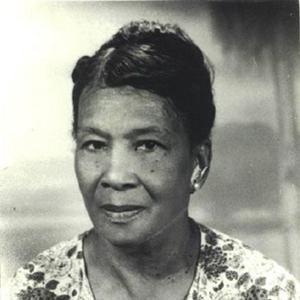
Amy Jacques Garvey, 1895 to 1973
Lived at 53 Talgarth Road, W14 9DD.
AJ was a famous journalist and speaker for the Pan-African movement. In the UNIA she was as important as her husband Marcus, and ran the organisation alone when he was in prison.
She edited The Negro World, a paper which was used by the Harlem Resistance to promote art, culture and political articles.
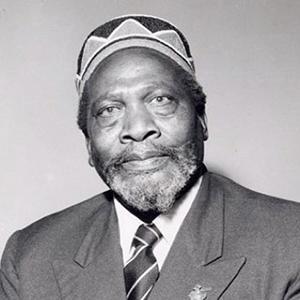
Jomo Kenyatta, 1897 to 1978
Lived at 57 Castletown Road, W14 9HG.
Kenyatta was Prime Minister of Kenya and was later its first president. He was the first indigenous (born in Kenya) leader, and helped Kenya transform from a British colony to an independent country.
He lived in London for three years, making friends with communists and other anti-imperialists (people who didn't want to be ruled by Britain).
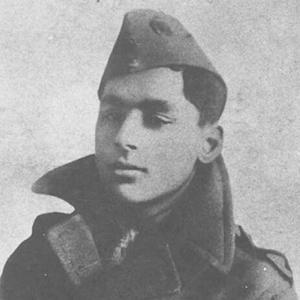
Indra Lal Roy, 1898 to 1918
Lived at 77 Brook Green, W6 7BE.
Son of the famous Lolita Roy, Indra Lal Roy achieved his own fame by becoming the first and only Indian flying ace in World War 1.
When war broke out, Roy was still at school. He applied to the RAF, but was turned down due to poor eyesight. Keen to help the war effort, he saw an eye specialist and had the decision overturned.
In 170 hours of flying, Roy won 10 battles. Sadly he was killed in 1918 in France.

Adelaide Louise Estelle Hall, 1901 to 1993
Lived at Fairholme Road, W14.
Born in New York, Adelaide became one of the best-loved jazz and cabaret singers and tap dancers, and performed with legends such as Duke Ellington, Fats Waller, Josephine Baker and Louis Armstrong.
In 1941, she was Britain's highest paid entertainer. She was one of the first Black performers to top the bill at the London Palladium, and played to full houses at the Hammersmith's Riverside Studios and the Hammersmith Palais.
Adelaide frequently appeared on the BBC as well as recording extensively for Decca Records. In the early 1950s, Hall and her husband Bert opened the Calypso Club in Regent Street. She lived in Fulham from 1980 until her death at 92 in Charing Cross Hospital.
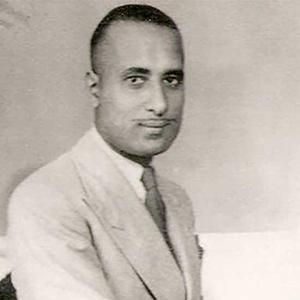
Reginald Charles Foresythe, 1907 to 1958
Lived in 15 Hetley Road, W12
The jazz pianist, composer and bandleader was born in Hetley Road, W12, growing up in the area's west African community.
In the early 1930s, he was established in the American jazz scene, writing arrangements for Earl Hines and recording with Benny Goodman and Gene Krupa.
Louis Armstrong and Fats Waller recorded his tunes, and he later became the accompanist to American singer Elisabeth Welch when she visited the UK.
In the Second World War, he served as an intelligence officer. He died, aged just 51, after a fall at his home in Paddington.
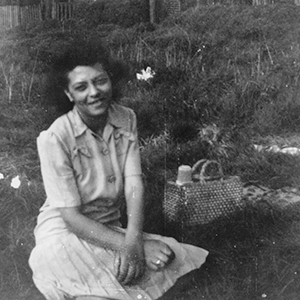
Esther Bruce, 1912 to 1994
Lived at Dieppe Street, W14.
From a young age, Bruce was taught by her father to take pride in her Black heritage and stand up to racism. During World War 2 she volunteered as a fire watcher - people who stood on rooftops during air raids and helped put out fires caused by bombs.
She also united her community by writing to her family in Guyana for food parcels and sharing what she was sent with her neighbours.
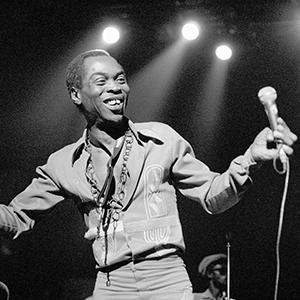
Fela Kuti, 1938 to 1997
Lived at 12 Stanlake Road, W12 7HP.
Fela Kuti was a Nigerian singer, multi-instrumentalist, bandleader, political activist and regarded as the founder of the influential musical style 'Afrobeat'.
He moved to London in 1958 and studied at Trinity College of Music (his parents wanted him to be a doctor!). He married his first wife, Remilekun (Remi) Taylor in 1960, and had three children (Femi, Yeni, and Sola).
In 1963, he moved back to the newly independent Federation of Nigeria and attempted to run for its first presidency. In 1984, he was jailed for 20 months in Nigeria for his political views.
Map
Visit the places where these historic figures lived, died or were buried in H&F.